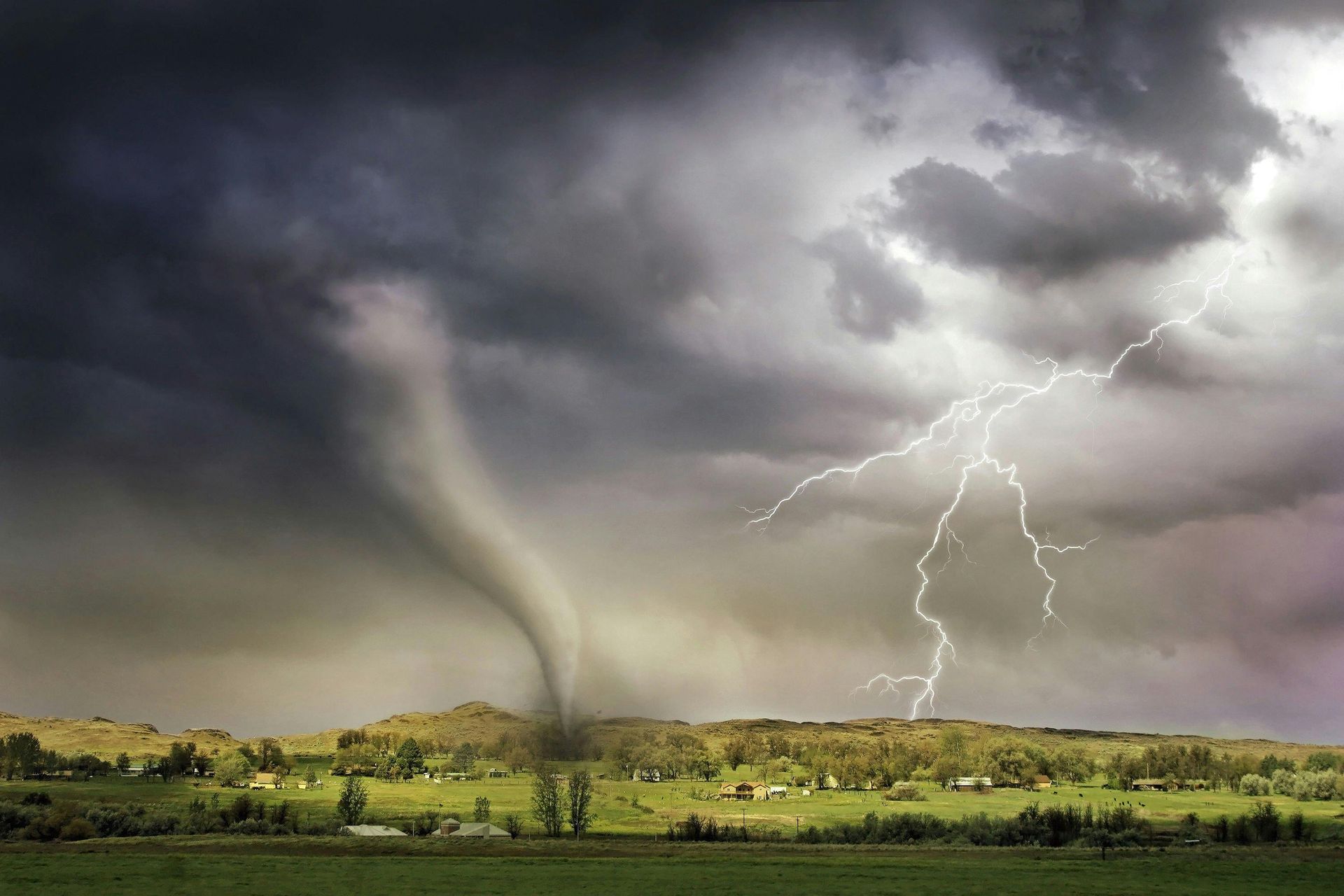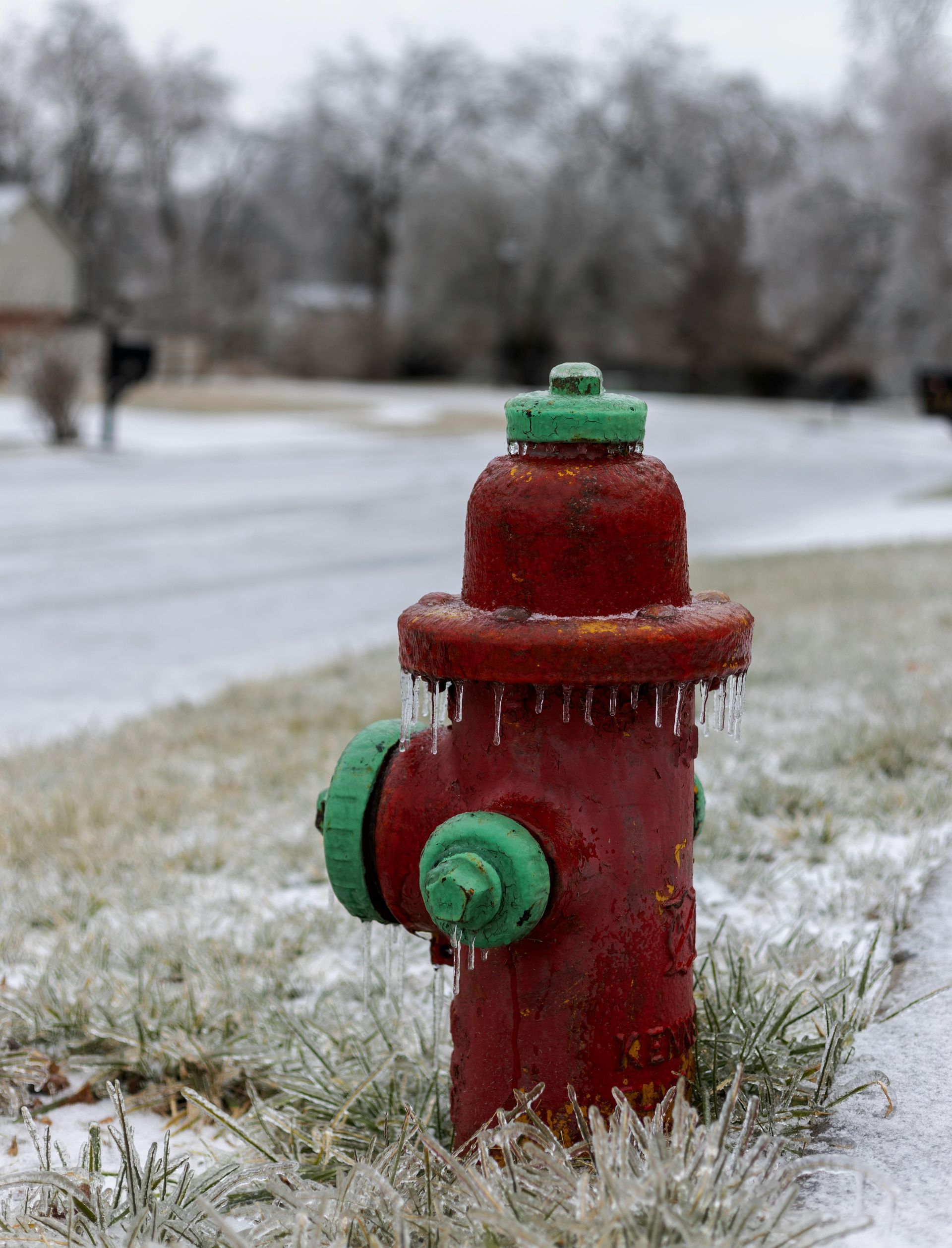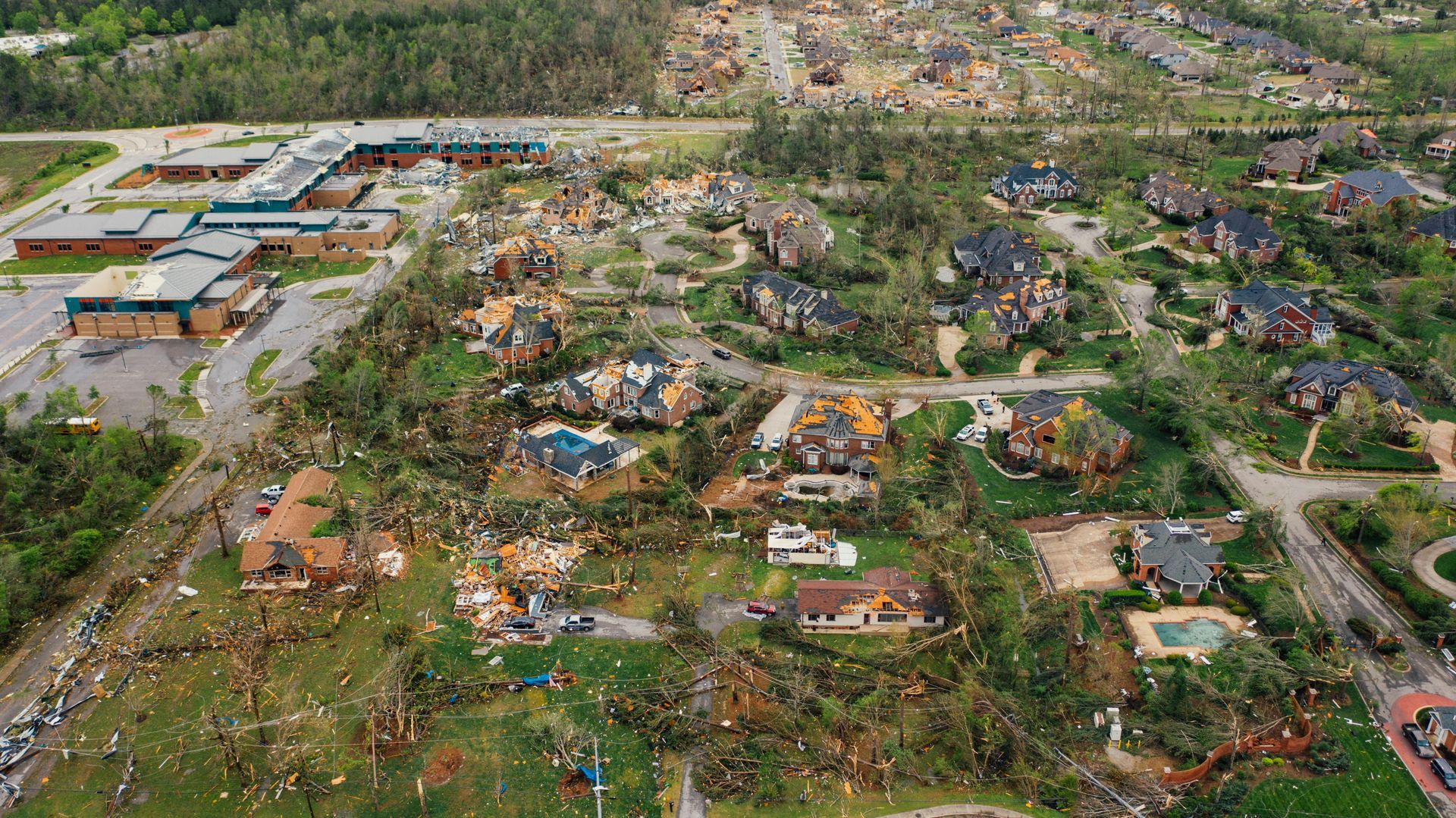Spring Storms Are Coming
As winter fades and the warmer months approach, spring ushers in a season of renewal—and the potential for turbulent weather. Spring storms often bring heavy rain, high winds, and severe thunderstorms that can disrupt daily life and cause significant damage. Preparing now can make all the difference when storms strike, ensuring you protect your home, loved ones, and peace of mind.
Here’s your comprehensive guide to getting ready for spring storms.
Understanding the Risks of Spring Storms
Spring storms are known for their unpredictability, but they often share common elements that pose risks:
- Heavy Rain: Prolonged or intense rainfall can overwhelm drainage systems, leading to flash flooding in urban and rural areas.
- High Winds: Strong gusts can topple trees, power lines, and unsecured outdoor items, causing property damage and power outages.
- Hail and Lightning: Severe thunderstorms can bring hail and lightning, damaging vehicles, roofs, and electronic equipment.
Knowing these risks is the first step toward effective preparation.
Preparing Your Home for Spring Storms
Your home is your primary line of defense against the elements. Taking steps to fortify it before storms arrive can prevent costly damage.
1. Inspect and Maintain Your Roof
Your roof shields your home from heavy rain and hail, so keeping it in good condition is essential.
- Look for missing or damaged shingles and repair them promptly.
- Clear gutters and downspouts to ensure proper drainage and prevent water from pooling on your roof.
2. Secure Windows and Doors
Strong winds can exploit weak points in your home’s exterior.
- Install storm shutters or use plywood to protect windows during high winds.
- Check for gaps or leaks around windows and doors and seal them with caulk or weatherstripping.
3. Trim Trees and Secure Outdoor Items
High winds can turn loose objects into projectiles, posing a threat to your home and safety.
- Trim overhanging branches that could fall onto your roof or power lines.
- Store outdoor furniture, grills, and decorations in a garage or secure them with heavy-duty straps.
4. Prepare for Power Outages
Storms often lead to power disruptions, so it’s wise to plan ahead.
- Invest in a backup generator to power essential appliances.
- Stock up on batteries, flashlights, and candles for light sources during outages.
Creating a Storm Readiness Plan
A storm readiness plan ensures that everyone in your household knows what to do before, during, and after a storm.
1. Build an Emergency Kit
Your kit should include essentials to sustain your household for at least 72 hours.
- Non-perishable food and bottled water
- Flashlights and extra batteries
- First-aid supplies and medications
- Important documents in a waterproof container
- Portable phone chargers
2. Develop a Communication Plan
Storms can disrupt communication networks, so having a plan is crucial.
- Establish a meeting point for your family in case of evacuation.
- Share emergency contact numbers and ensure everyone knows how to reach each other.
3. Stay Informed
Monitor weather forecasts and stay alert for updates on developing storms.
- Sign up for local emergency alerts and download weather apps for real-time updates.
- Familiarize yourself with terms like “watch” (conditions are favorable for severe weather) and “warning” (severe weather is occurring or imminent).
During the Storm: Staying Safe
When the storm arrives, prioritize safety by following these guidelines.
1. Stay Indoors
Remain inside your home or a designated safe location until the storm passes.
- Avoid windows, which can shatter during high winds.
- Stay away from metal objects and avoid using electrical appliances during lightning storms.
2. Monitor Emergency Updates
Listen to local authorities for guidance on sheltering in place or evacuating if necessary.
- Use a battery-powered radio if the power is out to stay informed about conditions.
3. Avoid Floodwaters
If flooding occurs, prioritize safety and avoid driving or walking through water.
- Just six inches of moving water can knock over an adult, and one foot of water can sweep away a vehicle.
After the Storm: Recovery and Resilience
Once the storm passes, taking the right steps can help you recover and prepare for the future.
1. Assess and Document Damage
Inspect your property carefully, prioritizing safety.
- Check for structural damage, roof leaks, or water intrusion.
- Take photos of any damage for insurance claims.
2. File Your Insurance Claim Promptly
Reach out to your insurer as soon as possible to begin the claims process.
- Provide detailed documentation, including photos and a list of damaged items.
- Work with a restoration company like Disaster South to get professional assessments and repairs.
3. Address Safety Hazards
Repair hazards immediately to prevent further damage or injuries.
- Remove fallen branches and debris from your yard.
- Schedule professional inspections for electrical or structural damage.
4. Review and Improve Your Preparedness
Every storm offers lessons for improvement.
- Update your emergency kit based on what you used or needed.
- Revise your readiness plan to address any challenges you faced.
Call to Action: Get Storm-Ready Today
Spring storms don’t have to catch you off guard. With the right preparation, you can protect your home, your loved ones, and your peace of mind. Take action now by inspecting your property, building an emergency kit, and creating a storm readiness plan.
At Disaster South, we’re here to help you prepare for and recover from any storm. Whether you need advice on fortifying your home or professional restoration services after a storm, our team is ready to support you every step of the way. Contact us today and let us help you weather the storm with confidence.









